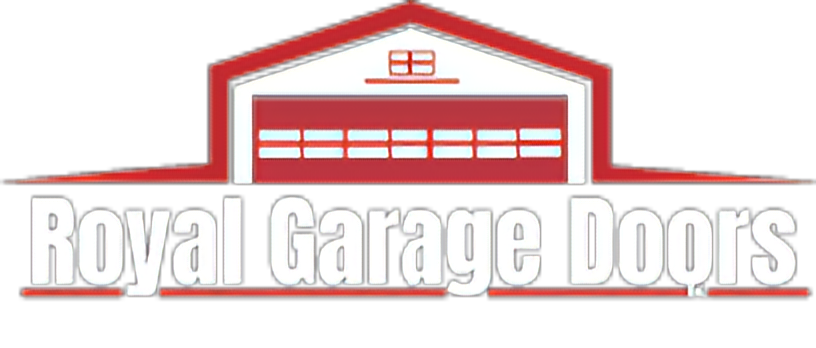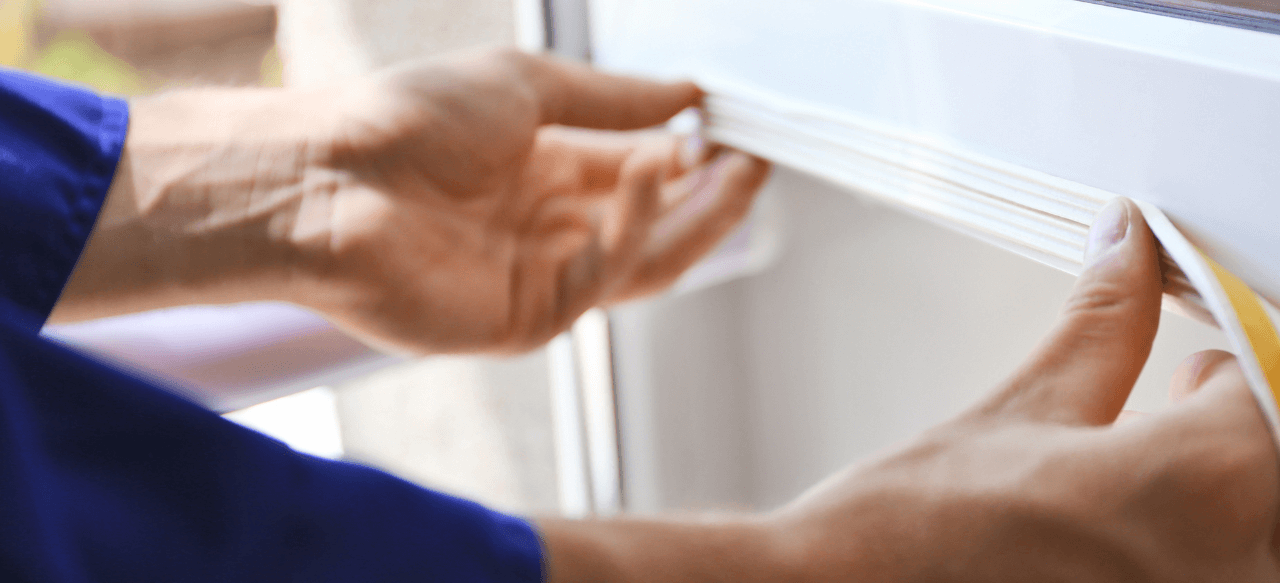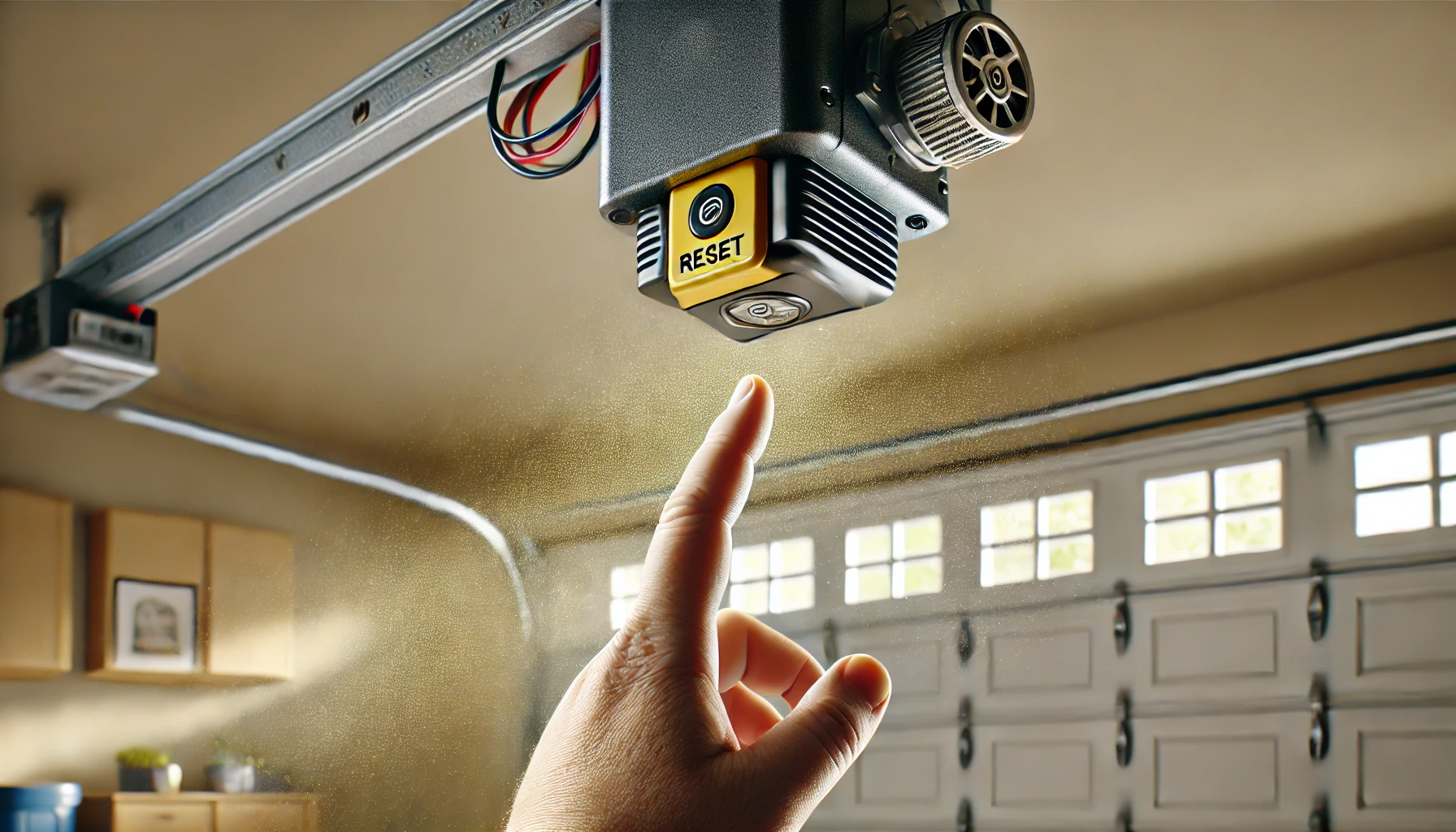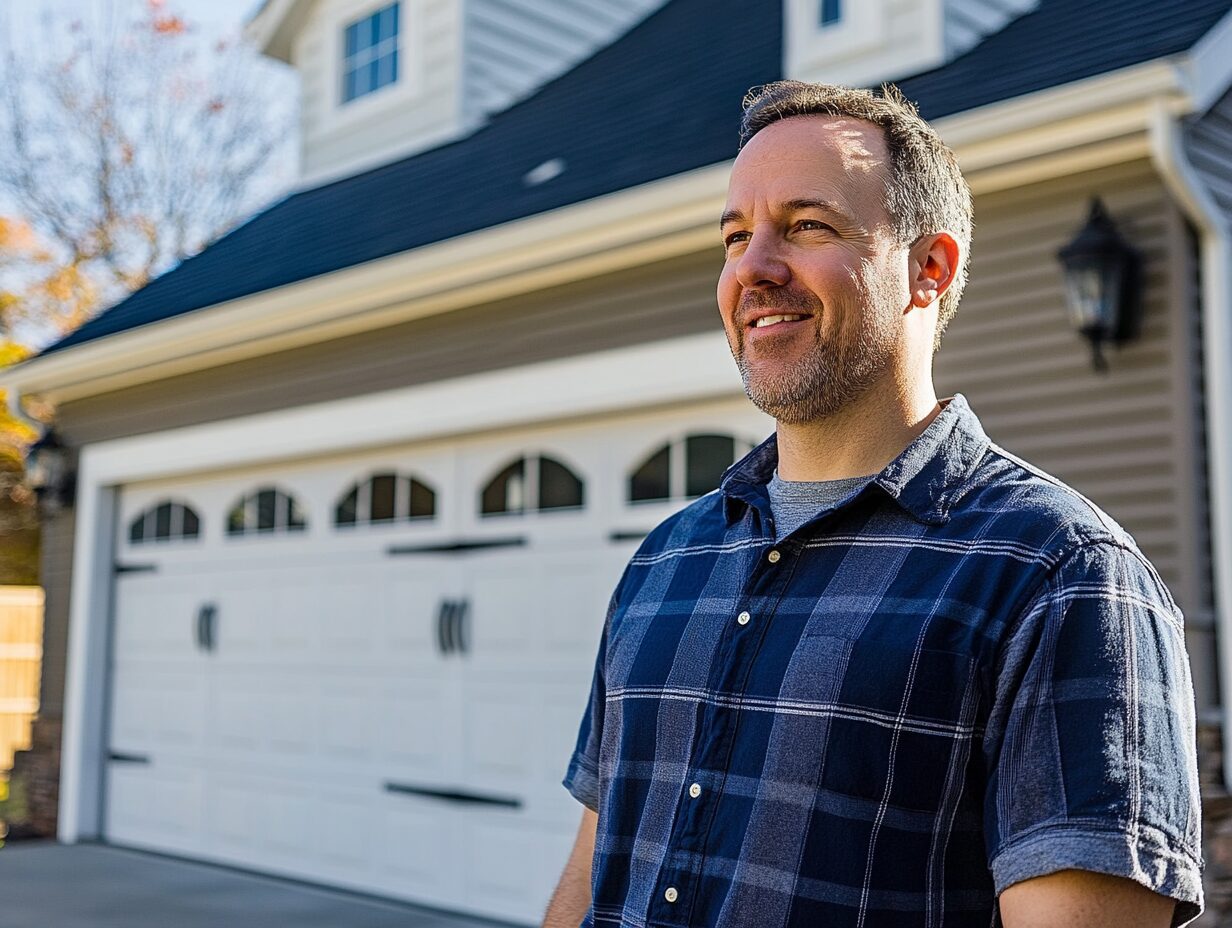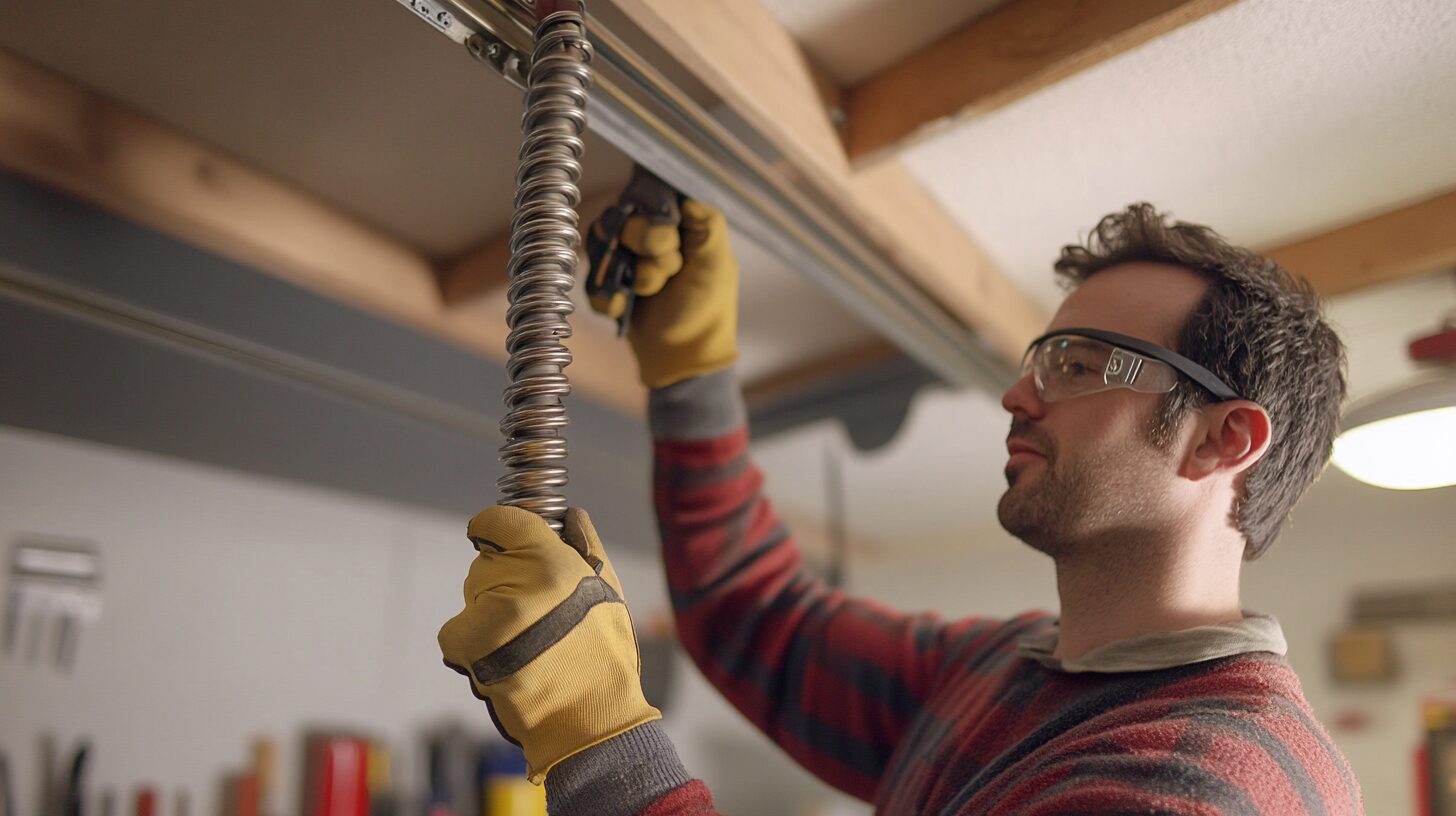Most garage doors do not house just your vehicles; they sometimes serve as alternative stores for household items, DIY equipment, gardening tools, and lawn mowers. It is essential to keep the opening to your garage secure, keeps out pests and dirt, and can withstand harsh weather conditions.
Sometimes, garage doors do not close all the way and might leave some openings by the sides. Garage doors sort of open into the interior of your home, too, so it is a good idea to get a seal around it to keep it strapped and air-tight and to keep out unwanted “guests” from your garage.
Why do you need a seal for your garage door?

- It helps to keep dust out.
Sealing your garage door makes it air-tight, preventing dust from entering. You might want to pay particular attention to this so you do not end up having to dust your cars and tools every time you open your garage up. If you get asthma attacks or have allergies that are triggered by dust, installing a seal should be a no-brainer.
- It protects your garage space from insects and pests.
Animals and insects building homes within your garage can get very irritating. Ant colonies and possible bird nestings are not an attractive site, and an excellent way to prevent things like this from happening is by sealing your garage door tight. Installing seals is cheaper than having to call the exterminators often.
- It can help to keep your electricity bill in check.
Garage door seals keep the temperature in your garage in check, reducing the chances of your thermostat overworking. This property of seals reduces electricity bills generated as a result. A sealed door can help to keep the garage temperature in check, especially in the winter, and prevent you from racking up more enormous electricity bills.
- Seals help to keep your garage secure.
Installing a seal with your garage door keeps it tight and prevents it from slipping and staying open because of its loose sides. If your garage door stays loose and creates openings, you might be susceptible to a security breach.
Overall, sealing your garage door leaves you to rest assured of the safety of your property in the garage, and you can be sure there are no dust or pest invasions.
What type of seal should you install on your garage door?
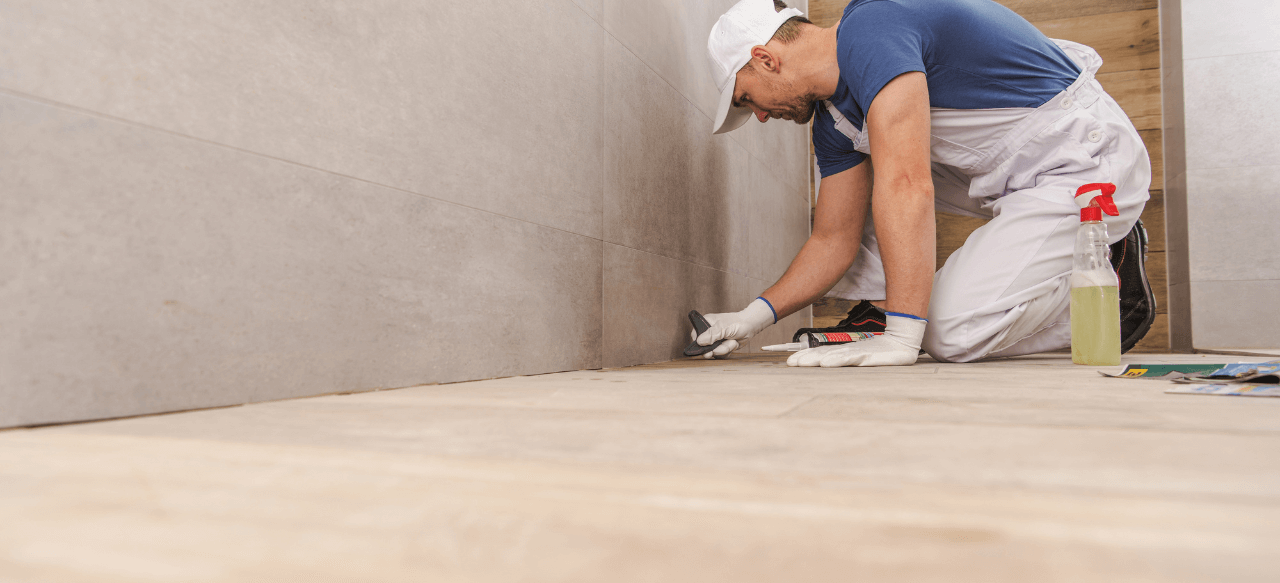
The main job of seals is to block out all external factors that can compromise the security of your garage space and keep it at a suitable temperature during harsh weather conditions. There are three types of materials that are effective as garage door seals. They are outlined thus;
- Garage Door Bottom Seal
This is a strip of rubber and vinyl that is attached to the bottom of your garage door and keeps the bottom of the door sealed. It is long and stretchy and compresses to seal your garage floor tight.
- Garage Door Threshold Seal
This type of seal is attached to the bottom of the garage door via an adhesive and compresses and tightly closes the floor of your garage. The only downside to this seal is that it holds water in and might make cleaning a bit more stressful.
- Garage Door Weatherstrip
This seal goes around the garage door and not just the bottom; if you want to seal your garage door all through, then you should opt for this. You could use this alongside the other seal to ensure an even tighter lock.
You can make a choice from one of these three options. Talking to experts in your local garage door store for advice can also help you to make the right decision.
Tips for sealing your garage door
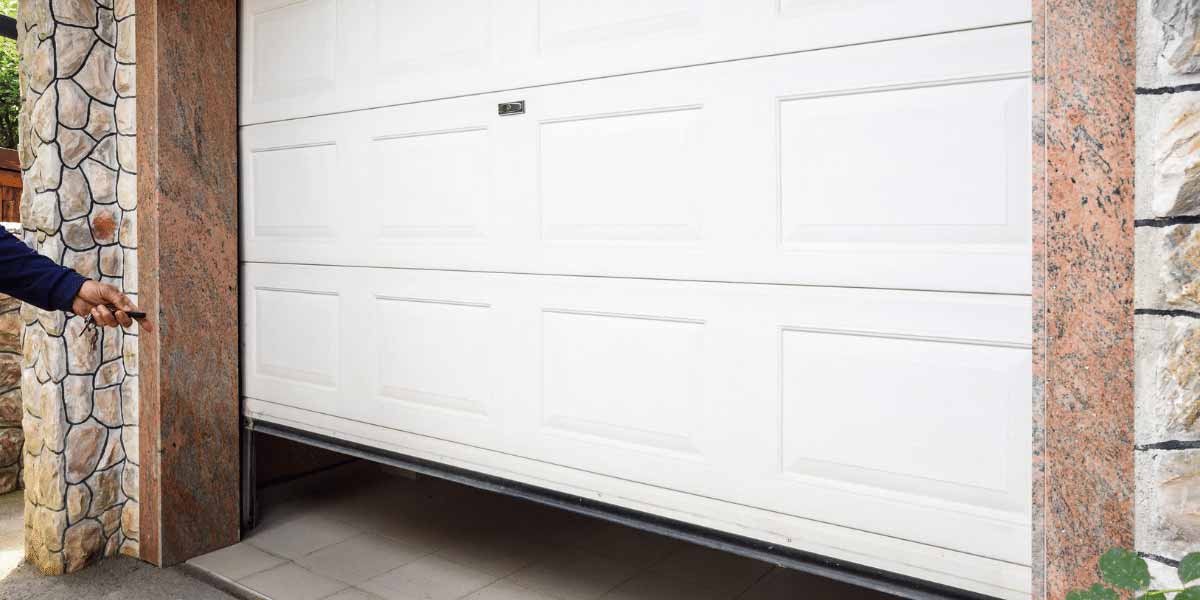
The seal type you select usually depends on the kind of garage door you have, and with the right tools, you might be able to install this yourself.
The type of tools you need depends on the seal type you choose. You should be careful to take proper measurements of the length of the surface you want to seal to run along, then lay your tools out and ensure you have just enough space to work.
You should clean the bottom and edges of your garage door, so your seal is not fitted over dirt, and then gently install the new seal. Make sure it is snuggly and tight, then cut off any excess when it works properly.
Be careful that all the parts are not jagged and that none of the garage door edges are broken. Use the right tools to ensure that it fits in as perfectly as possible. The next step would be to check its functionality and how well it works with your garage door.
If you need to contact us for assistance with fitting in your seals, we are one call away. Contact us at Royal Garage Doors to get help with your door sealing today.
